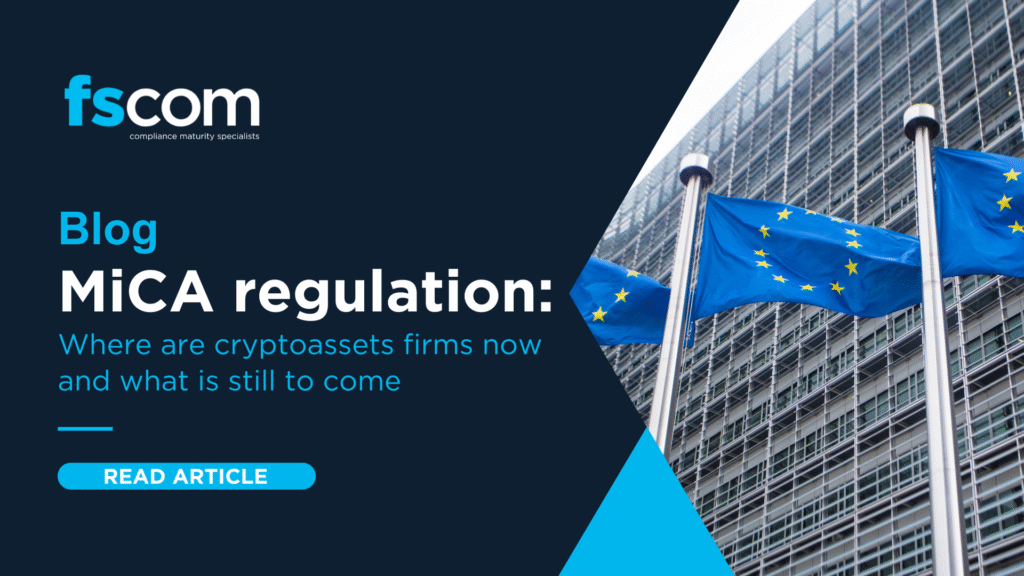Interim leadership changes are unavoidable, but how your firm handles them can either reinforce or undermine regulator confidence. How well is your firm prepared for an unplanned PCF departure?
Why this matters
Pre-Approval Controlled Function (PCF) holders are central to a firm’s governance and regulatory engagement. When one steps down, whether due to illness, resignation, or other unforeseen reasons, the clock starts ticking. The Central Bank of Ireland (CBI) expects firms to act swiftly, transparently, and in a manner that maintains oversight and regulatory compliance.
In recent supervisory communications, the CBI has made clear its expectations around leadership transitions. Interim PCF appointments are no exception. When handled well, they demonstrate a firm’s maturity and governance strength. When mishandled, they expose gaps in succession planning, systems, and culture.
What does good look like? Three best practices for managing interim PCF transitions
Drawing on our experience supporting financial services firms, we outline the core principles for an effective interim PCF transition:
- Engage early and openly with the regulator
- Early engagement with the CBI is essential. Notify the regulator as soon as a PCF holder’s departure is confirmed or likely.
- Provide a clear and concise explanation for the CBI of the rationale for electing to use an interim appointee and the expected duration until a permanent appointment will be made.
- Submit the Individual Questionnaire (IQ) for the interim appointee promptly, ensuring it is complete and clearly articulates the candidate’s suitability.
- Maintain regular communication with the CBI throughout the transition, demonstrating oversight and proactivity.
- Ensure a structured handover process
- A formal and smooth handover is critical to maintaining regulatory momentum and compliance oversight.
- Ensure the outgoing PCF holder documents:
- key regulatory interactions;
- live risk/compliance issues; and
- responsibilities delegated to others.
- Schedule a knowledge transfer session between the outgoing and interim PCF holder, with Compliance and senior leadership involved to ensure full alignment.
- Maintain detailed reporting and governance records
- Keep a clear audit trail of decisions, governance meetings, and communications with the regulator.
- Ensure interim appointees have access to:
- historical compliance reports;
- any other communications with the CBI;
- board packs and meeting minutes; and
- relevant policies and procedures.
- Use reporting templates to ensure continuity in regulatory and internal updates.
Lessons learned from real-world transitions
Case Study:
Client: Payments firm requires interim MLRO cover
Business Issue: The client’s MLRO had accepted a role elsewhere, creating a short-term gap. Recognising that recruitment and onboarding of a suitable replacement could take up to four months, the client sought interim cover to ensure ongoing regulatory compliance.
Solution: The client engaged fscom early to explore interim options. fscom proposed a qualified MLRO, whose CV and experience were approved by the Central Bank of Ireland (CBI). A brief handover ensured continuity. Later, when the permanent hire had a delayed start due to a pre-booked holiday, fscom extended interim support by three weeks.
Benefits: The MLRO role was fully covered from day one, with no disruption to business or compliance. The client could proceed with recruitment at the right pace while maintaining confidence from the board and regulator.
Client Feedback: The client valued fscom’s speed, expertise, and flexibility. The seamless transition and extended cover ensured stability during a critical period, with the interim support exceeding expectations.
How to future-proof your PCF strategy
Firms that think ahead of unforeseen PCF changes are better positioned to manage unexpected leadership changes. Here’s how to build resilience:
- Develop a resource of interim-ready leaders
- Identify potential internal successors for key PCF roles.
- Provide training, mentoring, and exposure to governance structures and regulator expectations.
- Embed interim planning into your governance framework
- Ensure succession planning includes interim appointments.
- Maintain up-to-date compliance and risk documentation to support rapid onboarding.
- Test and refine your resilience plans
- Regularly review your leadership contingency plans.
- Conduct scenario planning and tabletop exercises to test interim processes.
- Promote a culture where compliance leadership is distributed and not dependent on one individual.
Conclusion: From reactive to resilient
Interim PCF transitions are a litmus test for a firm’s governance maturity. When managed well, they show the regulator that your firm is proactive, prepared, and committed to strong oversight.
By engaging early with the CBI, establishing formal handovers, and preparing future leaders, you can ensure operational continuity, minimise regulatory risk, and maintain confidence with your stakeholders.
Want to measure your compliance maturity? Take our 5 minute Compliance Maturity Self-Assessment today.
This blog contains a summary of regulatory guidance and is not a substitute for tailored legal or regulatory advice. Please consult your fscom adviser before acting on any of the above.



